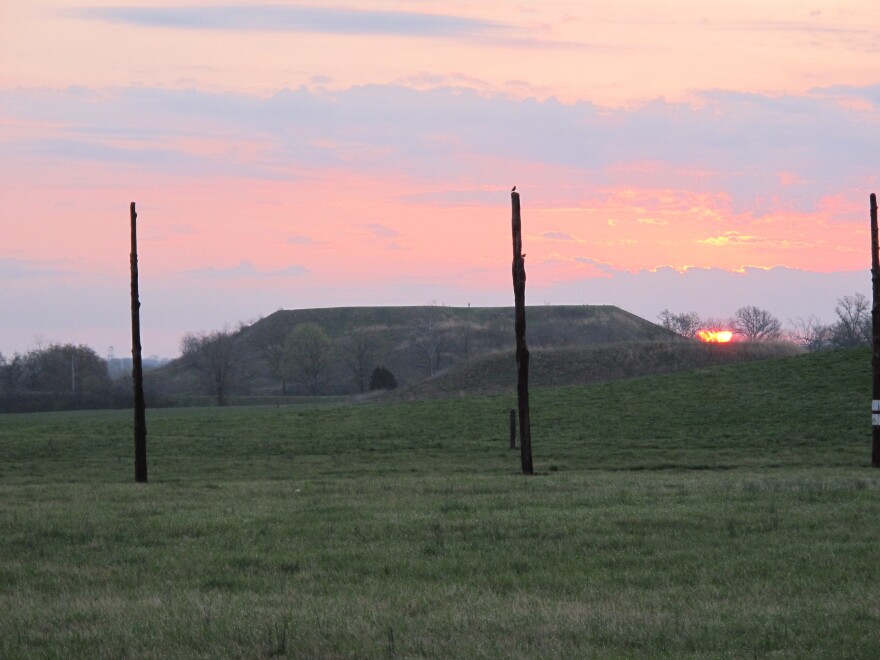Students from Eastern Connecticut State University will conduct an archaeological study of the largest Indigenous city in North America in medieval times.
Archeologist Sarah Baires will lead the team at Cahokia, which is based in southern Illinois and a UNESCO World Heritage Site. The study is supported by a grant from the National Science Foundation.
She said she hopes the study will help our understanding of why people moved from small farms and created what we think of today as modern cities.
“But also thinking of Cahokia’s role in the global context,” Biares said, “like, this isn’t just something that’s unique to be thinking about in the continent of North America, but really this is a question about humanity and why we as human beings throughout history across the globe have congregated ourselves and moved ourselves away from these isolated farming communities into urban environments.”
The multi-year study will also look at the collapse of the city. Cahokia — with a population of 20,000 people — was a metropolis between 1000 to 1400 AD when major European cities like London and Paris were developing.
Students will use a combination of high-tech to scan structural remains beneath the ground, as well as traditional archeological excavation.
“Field schools are about six weeks and students enroll in them as a class, so they get class credit and then as a team we work together and complete these excavations and they’re very much a part of the research process, which is what’s so exciting,” Biares said. “And in the past, I’ve had students who’ve gone on to present their research at national conferences.”


